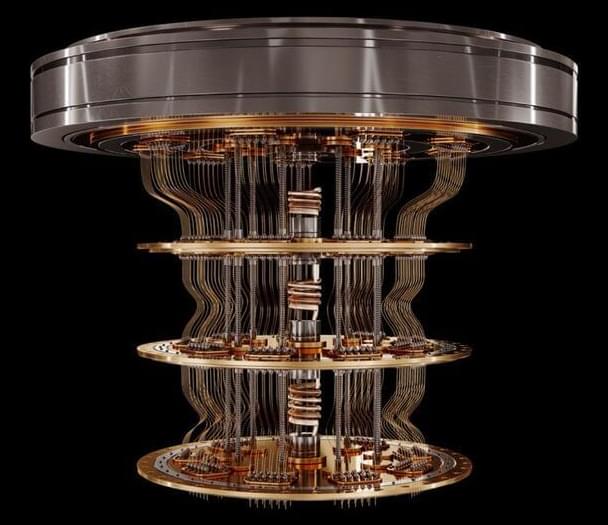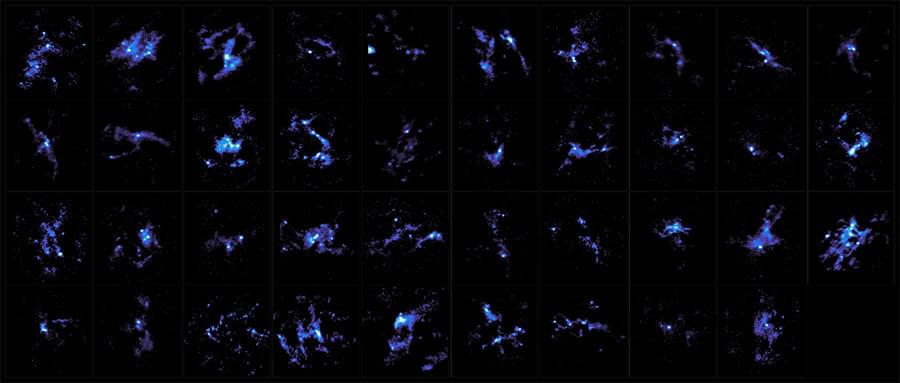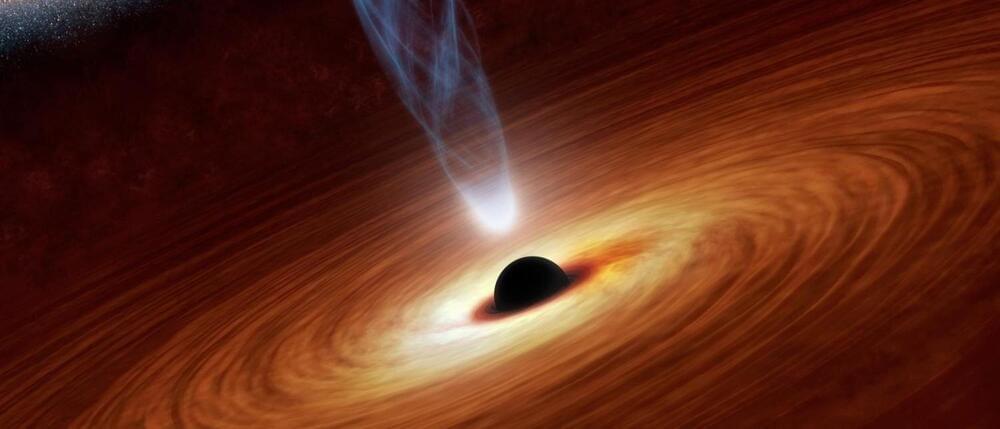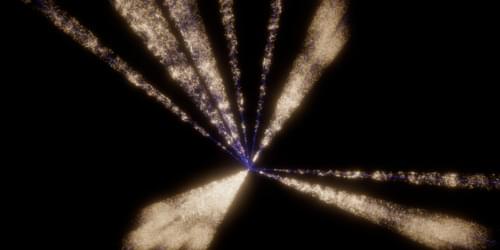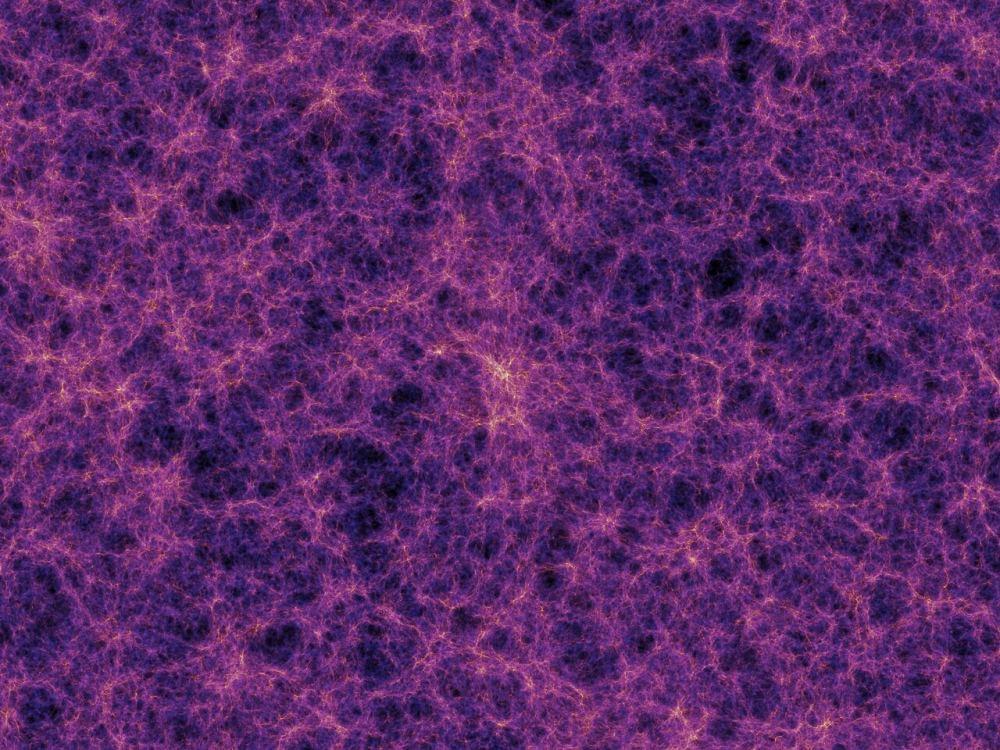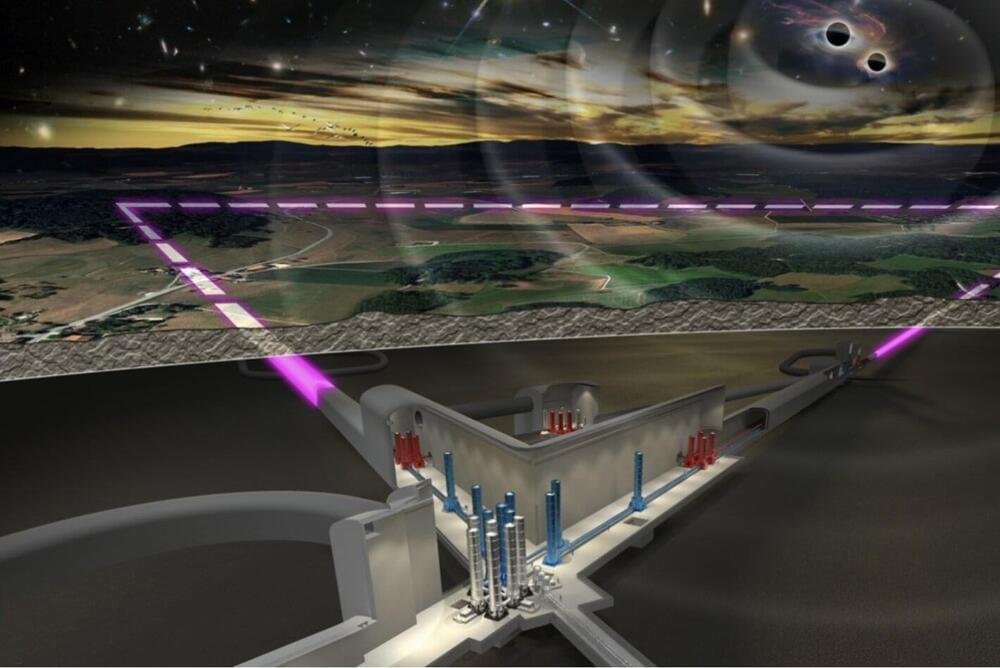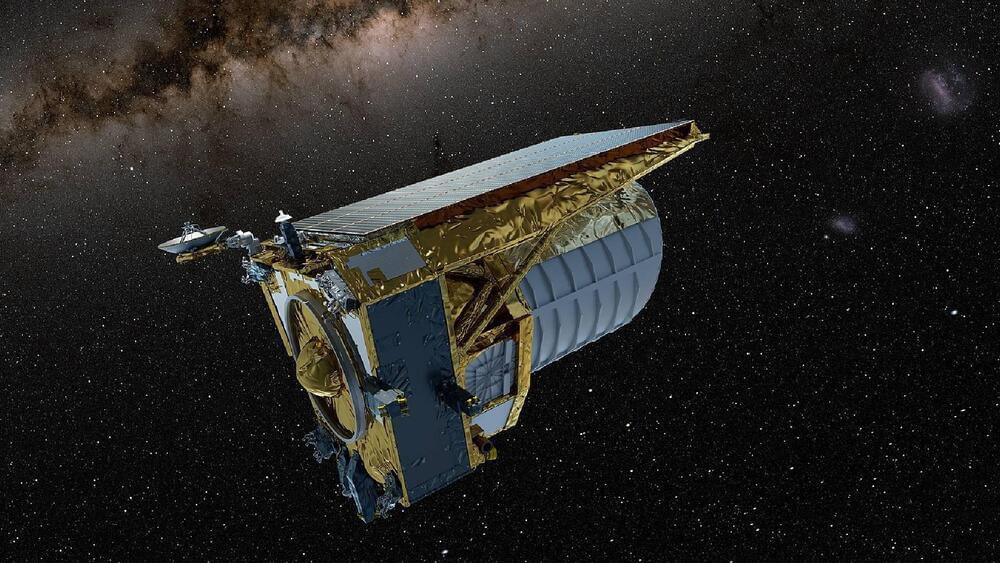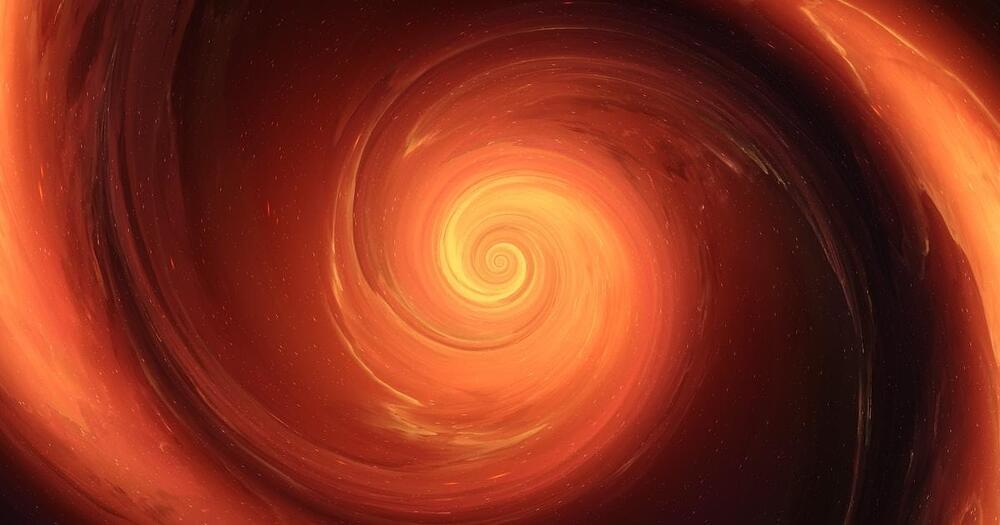They created a quantum system with properties analogous to black holes.
A collaborative effort from research teams across multiple organizations in China was successful in using quantum computing technology to test Hawking Radiation, the theory proposed by renowned physicist Stephen Hawking, the South China Morning Post.
Quantum computing is a complex field that involves using mathematics, computer science, and physics to solve complex problems. Interesting Engineering recently reported how a quantum computer recently beat a conventional supercomputer at complex math.
